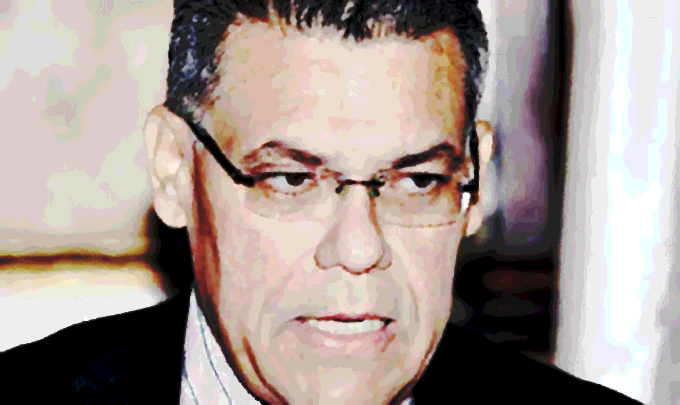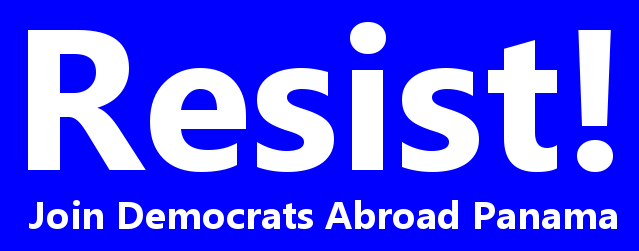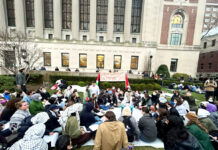
The final phase of Panama’s capitalist development?
by Marco Gandásegui, hijo
We face a changing social reality. A few decades ago we had an economy based on agriculture and services offered to the shipping route. The fortunes that had conquered political power collected the crumbs owing to the country’s geographical position. The A great many workers managed to survive by informal labor on the outskirts of Panama City and Colon as well as in rural areas. We had high rates of illiteracy and contagious diseases. We lacked a state capable of defining national policies. It was an unstable political system, subordinated to the hegemonic world power of the time.
The 21st century shows a country quite different from that described above. Political power is in the hands of a financial capitalist class that dominates the transit route — the Panama Canal and its economic environment. There still persists a mass of informal workers in the marginal areas of Panama City. This coexists with a working class and middle classes inserted into the consumer market. The incidence of illiteracy has been reduced to almost zero and the contagious diseases mostly eradicated. Educational levels have stagnated and health services have collapsed for the informal workers who represent more than 50 percent of the population.
Even when the country managed to get the United States to evacuate the military bases surrounding the Panama Canal Zone, pull up the colonial “stakes” around the Canal Zone and turn over the waterway in 1999, it still didn’t have a government capable of defining national policies. The political system continues to be unstable and dependent on the hegemonic power.
In the 20th century Panama went through three phases of capitalist development. The first was the continuation of dependent mercantile capitalism. A major capitalist investment (the railroad and the canal) would reproduce company town capitalist social relations. This was replaced, beginning with the Second World War, with an industrial capitalism dependent on big investments in North American technologies and generated a combative working class and youth movement. Starting with the US invasion of 1989, the Washington Consensus of neoliberal policies dismantled industry and a good part of agriculture. This, in turn, produced a succession of conservative governments (1990-2017) that dismantled the popular organizations and deactivated the militancy of the youth.
The Panamanian industrial bourgeoisie that emerged and prospered between 1935 and 1980 abandoned the manufacturing sector and invested its money in the financial sector. Panamanian banking replaced industry as the “engine” of the capitalist economy. The reforms to the canal treaty with the United States in 1935 and 1955 jump-started industry. It was supposed that the Torrijos-Carter Treaty of 1977 — not considering the one about neutrality — would give the industrial sector the impulse that it needed to be competitive. General Torrijos’s watchword about giving “the most collective use” to the canal revenues was twice replaced after his violent death in 1981. The first was when General Noriega, between 1983 and 1987, tried to transform the former Canal Zone into a center for training an army. The second was after the invasion when Washington turned to “the market as a fundamental tool for assigning the resources” generated by the canal.
Currently the Panama Canal Authority collects some $3 billion that it can’t invest in national development projects. In the next five years that will be around $15 billion. About $10 billion will go directly into the governments coffers. This money will be in service to the great foreign corporations that invest in projects ranging from seaports, railroads, mines, shipping and real estate.
Without a national development project, the country has no vision of the future. Nor can we hope to study the opportunities that come to the country. Companies from China threw out the idea of a “bullet” train between Panama City and the Costa Rican border. The people in charge, with their lack of vision, can only guess that they are welcome.
It’s possible that we are in the third and final phase of capitalist development. It is urgent that broad sectors of society, in an organized fashion, assume responsibility for leading this country into the framework of a national development plan.
~ ~ ~
These announcements are interactive. Click on them for more information.










